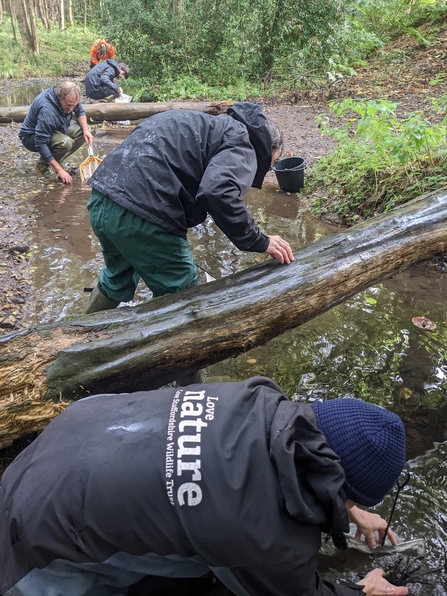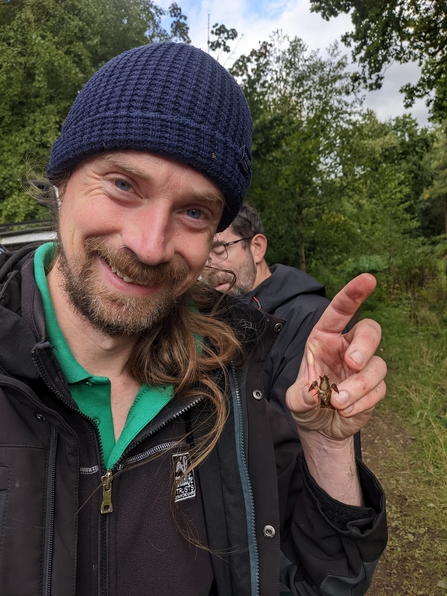September is a good month to get your feet wet! As well as fish surveys (see my previous blog) we’ve also been continuing to help strengthen the future prospects for our native White-clawed Crayfish.
The UK population of White-clawed Crayfish has crashed due to the introduction of North American Signal Crayfish – a non-native species which carry a disease which White-claws have no resistance to.
Donning the waders once again we’ve been out and about translocating 1,732 of these critically endangered crustaceans. This work has been ongoing for 12 years now, with almost 10,000 White-clawed Crayfish re-located through our ‘Crayfish in Crisis’ projects. Previously we established new populations at 18 locations, which we call Ark Sites. Ark Sites are areas that have been extensively surveyed and found to be free from, and as isolated as possible from the invasive Signal Crayfish, and therefore keep the newly introduced populations of White-claws protected from the Crayfish plague the Signal’s often carry.






